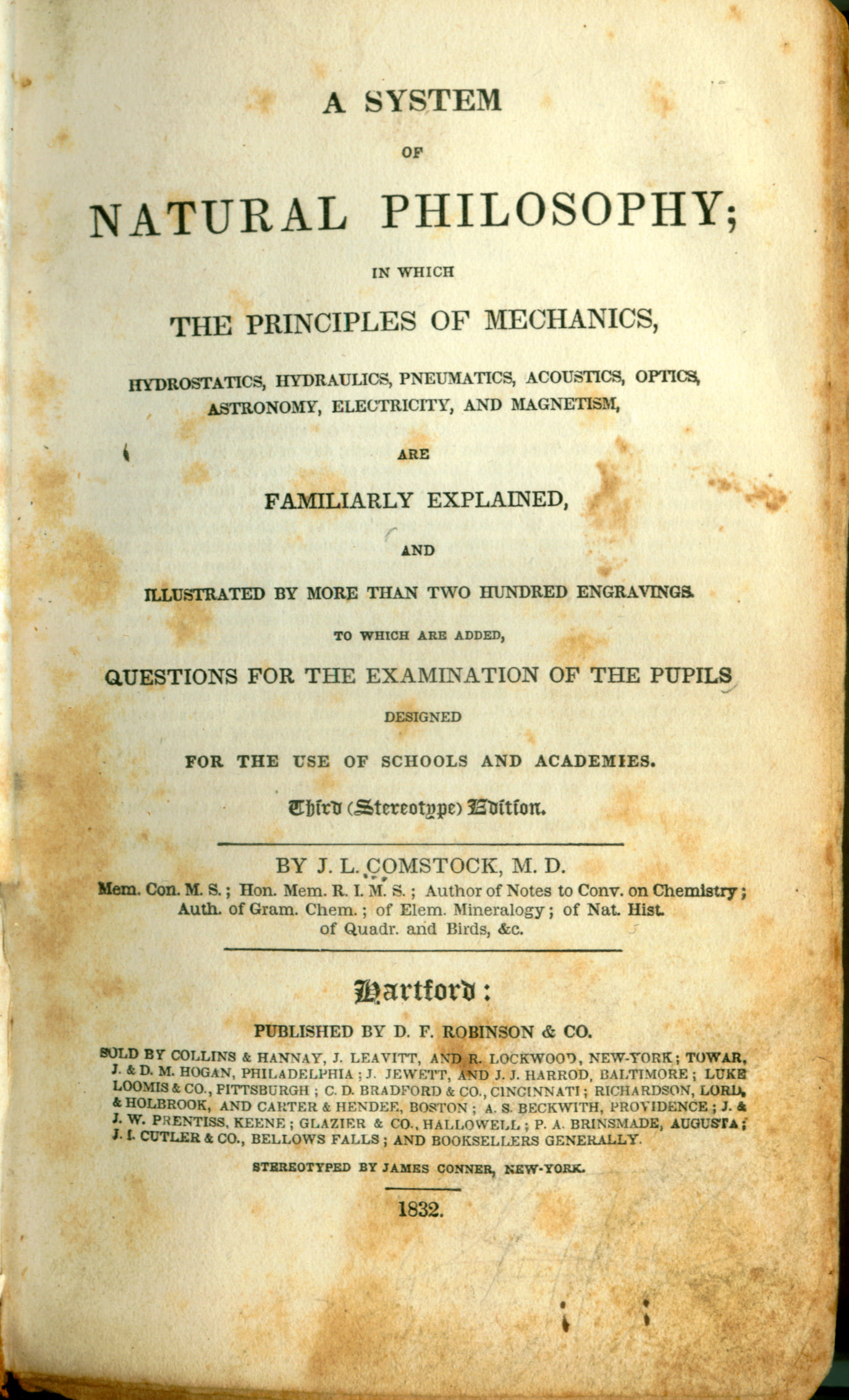The Rising Sun: The Decline and Fall of the Japanese Empire, 1936-1945 (Modern Library War) by John Toland
[The Rising Sun] is quite possibly the most readable, yet informative account of the Pacific war.--Chicago Sun-Times This Pulitzer Prize-winning history of World War II chronicles the dramatic rise and fall of the Japanese empire, from the invasion of Manchuria and China to the atomic bombing of Hiroshima and Nagasaki. Told from the Japanese perspective, The Rising Sun is, in the author's words, a factual saga of people caught up in the flood of the most overwhelming war of mankind, told as it happened--muddled, ennobling, disgraceful, frustrating, full of paradox. In weaving together the historical facts and human drama leading up to and culminating in the war in the Pacific, Toland crafts a riveting and unbiased narrative history. In his Foreword, Toland says that if we are to draw any conclusion from The Rising Sun, it is that there are no simple lessons in history, that it is human nature that repeats itself, not history. Unbelievably rich . . . readable and exciting . . .The best parts of [Toland's] book are not the battle scenes but the intimate view he gives of the highest reaches of Tokyo politics.--Newsweek Editorial Reviews Review [It] is quite possibly the most readable, yet informative account of the Pacific war. -Chicago Sun-Times Unbelievably rich . . . readable and exciting . . . The best parts of [Toland's] book are not the battle scenes but the intimate view he gives of the highest reaches of Tokyo politics. -Newsweek Similar in scope to William Shirer's The Rise and Fall of the Third Reich. Toland's book is fresh and dramatic throughout. The Rising Sun is not only a blood-and-guts action story, it also presents for the first time a great deal of fresh information. -Chicago Sun-Times From the Back Cover This Pulitzer Prize-winning history of World War II chronicles the dramatic rise and fall of the Japanese empire, from the invasion of Manchuria and China to the atomic bombing of Hiroshima and Nagasaki. Told from the Japanese perspective, The Rising Sun is, in the author's words, a factual saga of people caught up in the flood of the most overwhelming war of mankind, told as it happened--muddled, ennobling, disgraceful, frustrating, full of paradox. In weaving together the historical facts and human drama leading up to and culminating in the war in the Pacific, Toland crafts a riveting and unbiased narrative history. In his Foreword, Toland says that if we are to draw any conclusion from The Rising Sun, it is that there are no simple lessons in history, that it is human nature that repeats itself, not history. About the Author John Toland was one of the most widely read military historians of the twentieth century. His many books include The Last 100 Days; Ships in the Sky; Battle: The Story of the Bulge; But Not in Shame; Adolf Hitler; and No Man's Land. Originally from Wisconsin, he lived in Connecticut for many years with his wife. Excerpt. ® Reprinted by permission. All rights reserved. Gekokujo 1. The sky over Tokyo on the afternoon of February 25, 1936, was dark and foreboding. A thick blanket of snow already covered the city and there was threat of more to come. Three nights earlier more than a foot had fallen, breaking a record of fifty-four years, and causing such a traffic snarl that some theaters had to be turned into temporary hotels for audiences unable to get home. Even under its white cloak of snow, Tokyo looked almost as Western as Oriental. Japan had left much of its feudal past behind to become by far the most progressive, westernized nation of Asia. A few hundred yards from the Imperial Palace with its traditional tile roof was a modern four-story concrete building, the Imperial Household Ministry, where all court business was conducted and the Emperor's offices were located. Just outside the ancient stone walls and moat surrounding the spacious Palace grounds was the same mélange of East and West: a long line of modern structures, including the Imperial Theater and the Dai Ichi Building, as Occidental as the skyline of Chicago, while a few blocks away, in narrow cobblestone streets, were row upon row of geisha houses, sushi stands and kimono stores, and assorted little ramshackle shops, gay even on that cloudy day with their flapping doorway curtains and colorful lanterns. Next to the Palace on a small hill was the not quite completed Diet Building, constructed mainly of stone from Okinawa and looking quasi-Egyptian. Behind this commanding edifice was a cluster of spacious houses, the official residence of government leaders. The largest was that of the Prime Minister. It was two buildings in one, the business part Western in the early Frank Lloyd Wright style, the living quarters Japanese with paper-thin walls, tatami floors and sliding doors. But beneath the peaceful exterior of Tokyo seethed an unrest which would soon spill violently into the snow-covered streets. At one end of the Palace grounds were the barracks of the 1st (Gem) Division. Here authorities were already prepared for trouble after a tip about a military insurrection from a major in the War Ministry: he had learned from a young officer that a group of radicals planned to assassinate several advisers to the Emperor that day. Suspects had been put under surveillance, and important public figures were given emergency bodyguards. The doors of the Prime Minister's official residence were reinforced with steel, iron bars installed in the windows, and a warning system connected directly to police headquarters. But the kempeitai (military police organization)* and the regular police felt they could easily handle the situation. After all, what real damage could a handful of rebels do, however strongly motivated? And by now they were wondering how reliable the information was that the uprising was at hand. The day was almost over. It seems strange that they were so complacent, since the spirit of rebellion was high among elite troops charged with defense of the Palace grounds. Their defiance was so apparent that they were on orders to be shipped out to Manchuria in a few days, and their contempt for authority so open that one unit, ostensibly on maneuvers, had urinated in cadence at metropolitan police headquarters. Fourteen hundred of these unruly officers and men were preparing to revolt. Just before dawn the next morning, attack groups would strike simultaneously at six Tokyo targets: the homes of several government leaders, as well as metropolitan police headquarters. While intricate preparations for these attacks were proceeding, pleasure seekers roamed the darkening streets in search of entertainment. Already the Ginza, Tokyo's Broadway-Fifth Avenue, was teeming. To young Japanese it had long been a romantic symbol of the outside world, a fairyland of neon lights, boutiques, coffee shops, American and European movies, Western-style dance halls and restaurants. A few blocks away, in the Akasaka section, where the kimono was common for both men and women, the old Japan also anticipated a night of pleasure. Geishas looking like something out of antiquity in their theatrical make-up and resplendent costumes were pulled in rickshaws through the winding, willow-lined streets. Here the lights were more muted, and the traditional red lanterns carried by the police gave off a soft, nostalgic glow. It was a charming woodcut come alive. These insurrectionists were not motivated by personal ambition. Like half a dozen groups before them--all of which had failed--they were about to try once again to redress the social injustices in Japan through force and assassination. Tradition had legitimized such criminal action, and the Japanese had given it a special name, gekokujo (insubordination), a term first used in the fifteenth century when rebellion was rampant on every level, with provincial lords refusing to obey the shogun,† who in turn ignored the orders of the emperor. The crumbling of autocracy in Europe after World War I, followed by the tide of democracy, socialism and Communism, had had dramatic impact on the young people of Japan, and they too set up a cry for change. Political parties emerged and a universal manhood suffrage bill was enacted in 1924. But it all happened too fast. Too many Japanese looked upon politics as a game or a source of easy money and there was a series of exposés--the Matsushima Red-Light District Scandal, the Railway Scandal, the Korean Scandal. Charges of bribery and corruption resulted in mob brawls on the floor of the Diet. The population explosion which accompanied Japan's westernization added to the confusion. Hokkaido, Honshu, Kyushu and Shikoku (her four main islands, comprising an area scarcely the size of California) already burst with eighty million people. The national economy could not absorb a population increase of almost one million a year; farmers who were close to starvation following the plunge of produce prices began to organize in protest for the first time in Japanese history; hundreds of thousands of city workers were thrown out of work. Out of all this came a wave of left-wing parties and unions. These movements were counteracted by nationalist organizations, whose most popular leader was Ikki Kita,‡ a nationalist as well as a fiery revolutionary who managed to combine a program of socialism with imperialism. His tract on reform, A General Outline of Measures for the Reconstruction of Japan, was devoured by radicals and worshipers of the Emperor alike. His words appealed to all who yearned for reform. The Japanese are following the destructive examples of the Western nations, he wrote. The possessors of financial, political and military power are striving to maintain their unjust interests under cover of the imperial power.... Seven hundred million brethren in India and China cannot gain their independence without our protection and leadership. The history of East and West is a record of the unification of feudal states after an era of civil wars. The only possible international peace, which will come after the present age of international wars, must be a feudal peace. This will be achieved through the emergence of the strongest country, which will dominate all other nations of the world. He called for the removal of the barriers between nation and Emperor --that is, the Diet and the Cabinet. Voting should be restricted to heads of families and no one would be allowed to accumulate more than 1,000,000 yen (about $500,000 at the time). Important industries should be nationalized, a dictatorship established, and women restricted to activities in the home cultivating the ancient Japanese arts of flower arrangement and the tea ceremony. It was no wonder that millions of impressionable, idealistic young men, already disgusted by corruption in government and business and poverty at home, were enthralled.§ They could battle all these wicked forces as well as Communism, free the Orient of Occidental domination and make Japan the leading country in the world. In the West these young men could have found an outlet for action as unionists or political agitators, but in Japan many, particularly those from small landowning and shopkeeping families, found they could serve best as Army and Navy officers. Once in the service, they gained an even more profound understanding of poverty from their men, who would be weeping over letters from home--with their sons away, the families were on the verge of starvation. The young officers blamed their own superiors, politicians, court officials. They joined secret organizations of which some, like Tenkento, called for direct action and assassination, while others, like Sakurakai (the Cherry Society), demanded territorial expansion as well as internal reforms. By 1928 this ferment came to a head, but it took two extraordinary men operating within the military framework to put it into action. One was a lieutenant colonel, Kanji Ishihara, and the other a colonel, Seishiro Itagaki. The first was brilliant, inspired, flamboyant, a fountain of ideas; the second was cool, thoughtful, a master organizer. They made a perfect team. What Ishihara envisioned, Itagaki could bring to pass. Both were staff officers in the Kwantung Army, which had originally, in 1905, been sent to Manchuria to guard Japanese interests in a wild territory larger than California, Oregon and Washington combined.
Publication Details
Title:
Author(s):
Illustrator:
Binding: Paperback
Published by: Modern Library: , 2003
Edition:
ISBN: 9780812968583 | 0812968581
976 pages.
Book Condition: Very Good
Pickup currently unavailable at Book Express Warehouse
Product information


New Zealand Delivery
Shipping Options
Shipping options are shown at checkout and will vary depending on the delivery address and weight of the books.
We endeavour to ship the following day after your order is made and to have pick up orders available the same day. We ship Monday-Friday. Any orders made on a Friday afternoon will be sent the following Monday. We are unable to deliver on Saturday and Sunday.
Pick Up is Available in NZ:
Warehouse Pick Up Hours
- Monday - Friday: 9am-5pm
- 35 Nathan Terrace, Shannon NZ
Please make sure we have confirmed your order is ready for pickup and bring your confirmation email with you.
Rates
-
New Zealand Standard Shipping - $6.00
- New Zealand Standard Rural Shipping - $10.00
- Free Nationwide Standard Shipping on all Orders $75+
Please allow up to 5 working days for your order to arrive within New Zealand before contacting us about a late delivery. We use NZ Post and the tracking details will be emailed to you as soon as they become available. There may be some courier delays that are out of our control.
International Delivery
We currently ship to Australia and a range of international locations including: Belgium, Canada, China, Switzerland, Czechia, Germany, Denmark, Spain, Finland, France, United Kingdom, United States, Hong Kong SAR, Thailand, Philippines, Ireland, Israel, Italy, Japan, South Korea, Malaysia, Netherlands, Norway, Poland, Portugal, Sweden & Singapore. If your country is not listed, we may not be able to ship to you, or may only offer a quoting shipping option, please contact us if you are unsure.
International orders normally arrive within 2-4 weeks of shipping. Please note that these orders need to pass through the customs office in your country before it will be released for final delivery, which can occasionally cause additional delays. Once an order leaves our warehouse, carrier shipping delays may occur due to factors outside our control. We, unfortunately, can’t control how quickly an order arrives once it has left our warehouse. Contacting the carrier is the best way to get more insight into your package’s location and estimated delivery date.
- Global Standard 1 Book Rate: $37 + $10 for every extra book up to 20kg
- Australia Standard 1 Book Rate: $14 + $4 for every extra book
Any parcels with a combined weight of over 20kg will not process automatically on the website and you will need to contact us for a quote.
Payment Options
On checkout you can either opt to pay by credit card (Visa, Mastercard or American Express), Google Pay, Apple Pay, Shop Pay & Union Pay. Paypal, Afterpay and Bank Deposit.
Transactions are processed immediately and in most cases your order will be shipped the next working day. We do not deliver weekends sorry.
If you do need to contact us about an order please do so here.
You can also check your order by logging in.
Contact Details
- Trade Name: Book Express Ltd
- Phone Number: (+64) 22 852 6879
- Email: sales@bookexpress.co.nz
- Address: 35 Nathan Terrace, Shannon, 4821, New Zealand.
- GST Number: 103320957 - We are registered for GST in New Zealand
- NZBN: 9429031911290
We have a 30-day return policy, which means you have 30 days after receiving your item to request a return.
To be eligible for a return, your item must be in the same condition that you received it, unworn or unread.
To start a return, you can contact us at sales@bookexpress.co.nz. Please note that returns will need to be sent to the following address: 35 Nathan Terrace, Shannon, New Zealand 4821.
If your return is for a quality or incorrect item, the cost of return will be on us, and will refund your cost. If it is for a change of mind, the return will be at your cost.
You can always contact us for any return question at sales@bookexpress.co.nz.
Damages and issues
Please inspect your order upon reception and contact us immediately if the item is defective, damaged or if you receive the wrong item, so that we can evaluate the issue and make it right.
Exceptions / non-returnable items
Certain types of items cannot be returned, like perishable goods (such as food, flowers, or plants), custom products (such as special orders or personalised items), and personal care goods (such as beauty products). Although we don't currently sell anything like this. Please get in touch if you have questions or concerns about your specific item.
Unfortunately, we cannot accept returns on gift cards.
Exchanges
The fastest way to ensure you get what you want is to return the item you have, and once the return is accepted, make a separate purchase for the new item.
European Union 14 day cooling off period
Notwithstanding the above, if the merchandise is being shipped into the European Union, you have the right to cancel or return your order within 14 days, for any reason and without a justification. As above, your item must be in the same condition that you received it, unworn or unused, with tags, and in its original packaging. You’ll also need the receipt or proof of purchase.
Refunds
We will notify you once we’ve received and inspected your return, and let you know if the refund was approved or not. If approved, you’ll be automatically refunded on your original payment method within 10 business days. Please remember it can take some time for your bank or credit card company to process and post the refund too.
If more than 15 business days have passed since we’ve approved your return, please contact us at sales@bookexpress.co.nz.

